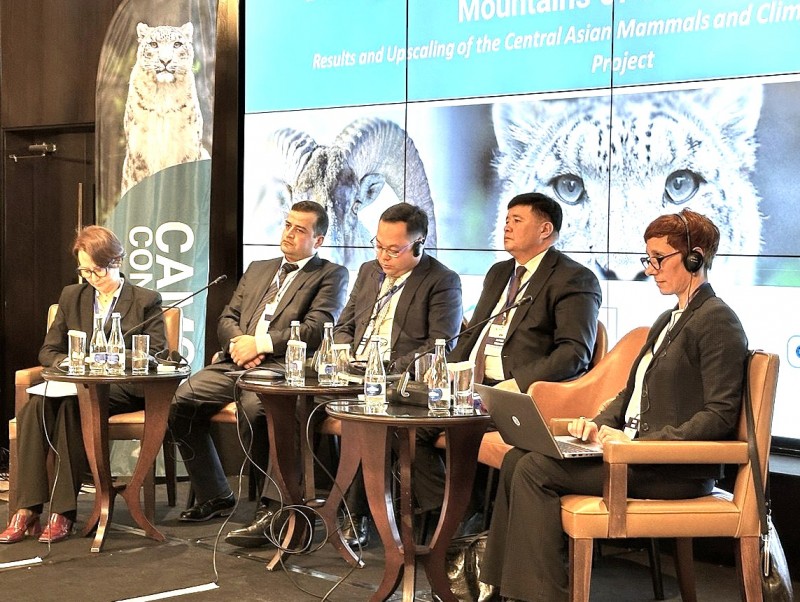
The international conference “Strengthening the Resilience of Wildlife and Communities in the Mountains of Central Asia” concluded in Bishkek. It was the final event of the regional project “Adaptation of Mammals to Climate Change in Central Asia” (CAMCA), implemented with the support of the International Climate Initiative (IKI) and the United Nations Environment Programme (UNEP) in Kyrgyzstan, Kazakhstan, and Tajikistan. The PF CAMP Alatoo is a project partner.
The forum’s high status was highlighted by the participation of officials from the Ministry of Natural Resources, Ecology and Technical Supervision of the Kyrgyz Republic, the Committee of Forestry and Wildlife of the Ministry of Ecology and Natural Resources of Kazakhstan, the Committee for Environmental Protection under the Government of Tajikistanthe German Embassy, representatives of the Secretariat of the Convention on Migratory Species (CMS), international organizations, local NGOs, and scientists.
Why It Matters
Central Asia faces climate threats such as glacier melting, desertification, and fragmented landscapes, which hinder animal migration and affect the livelihoods of mountain communities. Within the CAMCA project, tools were developed to mitigate these risks, including an atlas of infrastructure barriers, environmental education programs for teachers and students, and the creation of wildlife ecological corridors.
One of the key achievements was the establishment of the Ak Ilbirs ecological corridor, connecting Khan-Teniri State Nature Park and Naryn State Nature Reserve. Covering around 800,000 hectares, it links the habitats of the snow leopard, argali, maral, and ibex, providing safe migration routes. “This is not only a national achievement but also a platform for cross-border cooperation, as the corridor’s eastern boundary reaches Kazakhstan, creating opportunities for joint management of migration routes,” noted Almaz Musaev, Deputy Head of the Ministry of Natural Resources, Ecology and Technical Supervision of the Kyrgyz Republic.
The head of the Committee of Forestry and Wildlife of Kazakhstan’s Ministry of Ecology, Daniyar Turgambayev, added that four ecological corridors have been established in the country, and the legal framework actively supports the development of such initiatives. UNEP representative Maarten Hofman emphasized: “Migratory animals should not be stopped by borders. The region needs to develop a resilient network of ecological corridors.”
Local Communities as Guardians of Nature
Conference participants highlighted that wildlife conservation is not only an environmental but also a socio-economic challenge. During discussions, they shared experiences of creating community micro-reserves where residents protect rare plants and animals and engage youth through environmental education and excursions. Special attention was given to the fair distribution of financial benefits from conservation measures. “Local communities should receive real benefits from the restrictions imposed on them for nature protection,” emphasized Almaz Musaev.
From Local Initiatives to National Policy
Participants also discussed how the CAMCA project results can transition from local assessments to national policies, as well as ways to finance wildlife conservation and climate resilience in the region.
In country-specific discussion groups, participants explored opportunities to implement tools and methods to strengthen local community engagement and to create sustainable financing for biodiversity conservation and climate adaptation. The sessions concluded with a joint statement of intent to develop climate-resilient protected area systems with local community participation and long-term funding for conservation initiatives in Central Asia.
Conference participants then joined the forum “Business, Ecology, and Sports – Ak-Ilbirs 2025”, dedicated to International Snow Leopard Day and organized by the Ministry of Natural Resources, Ecology and Technical Supervision of the Kyrgyz Republic.
Matthias Jurek, UNEP Program Manager, spoke about connecting sports, wildlife, and digital technologies. “We launched the Run Wild campaign — a free mobile app where runners, both professionals and amateurs, can compete with a real snow leopard in Mongolia,” shared the UNEP representative.
Salamat Djumabaeva, CAMCA project coordinator for Central Asia from PF CAMP Alatoo, described collaboration with educational institutions to enhance environmental education. According to her, teachers and students show great interest in wildlife conservation, especially when presented creatively.
A vivid example was the performance by schoolchildren from Ak-Terek village in Issyk-Kul region, who presented a theatrical performance featuring a Mother Earth monologue and a snow leopard dance.
Additionally, PF CAMP Alatoo specialists showcased the intellectual board game “Saving the Snow Leopard and Its Habitat”, designed to improve environmental literacy among both children and adults.
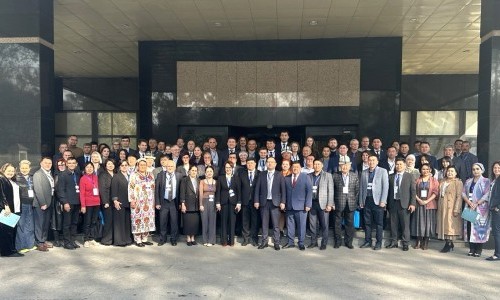
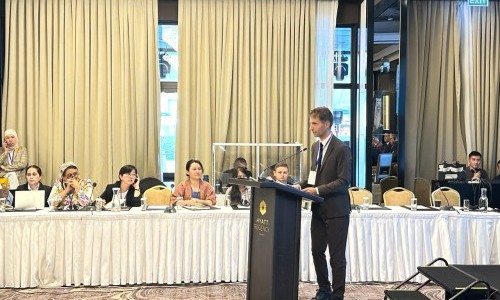
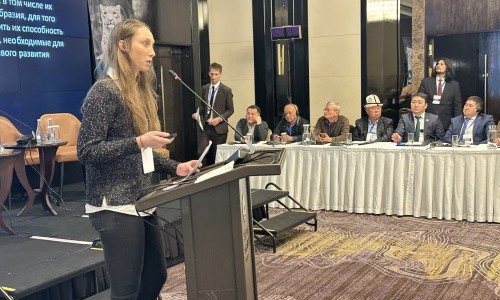

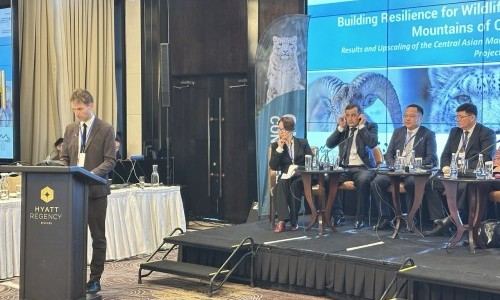
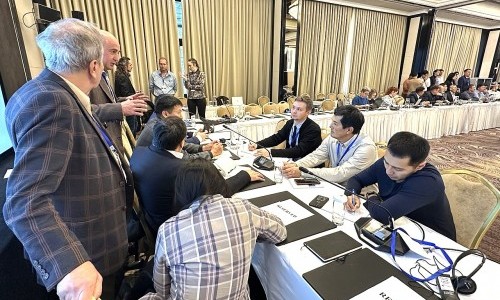
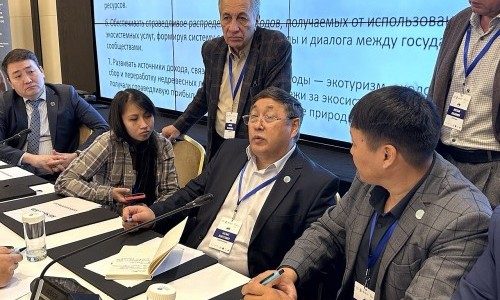
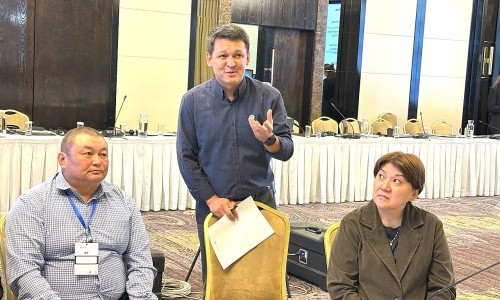
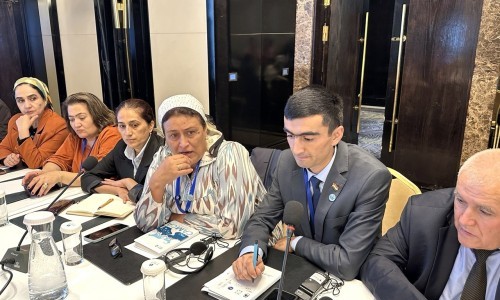
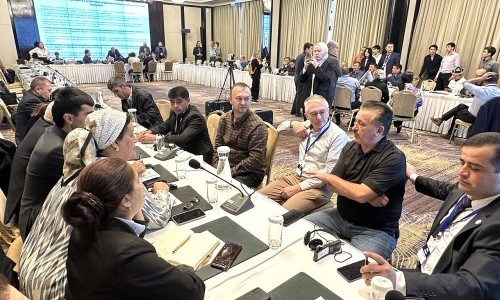
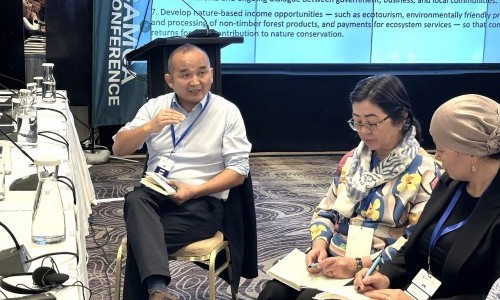
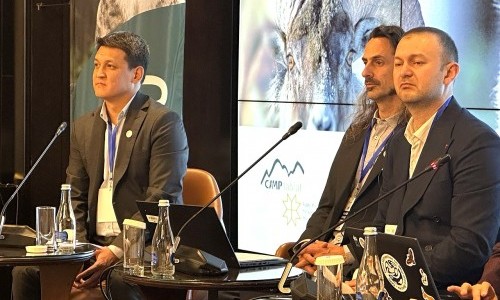
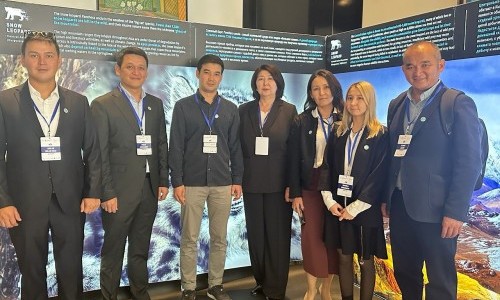
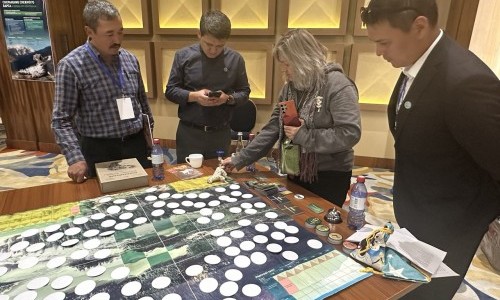
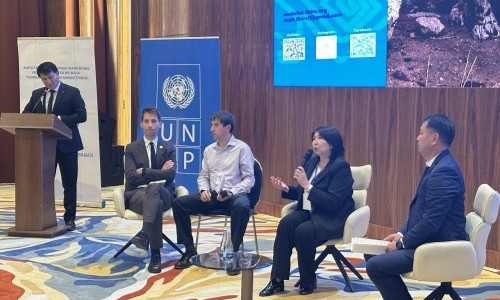
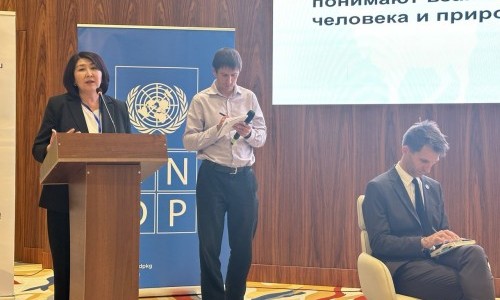

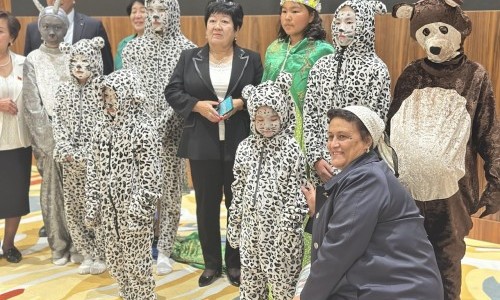
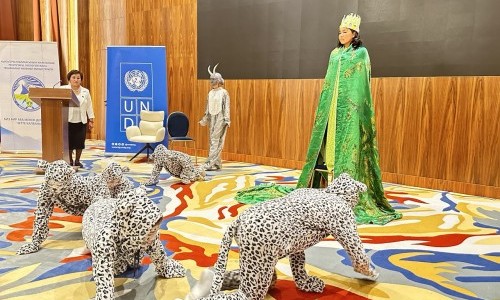
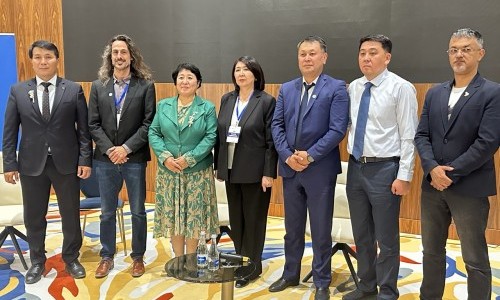
Итоги пастбищного сезона 2018 года были подведены на очередном заседании районной пастбищной комиссии (РПК).
MoreThe development of the unified method, "Monitoring Pastures at the Local Level," is nearing completion.
MoreЧетыре новых моста построены в 2018 году в Кыргызстане при поддержке ОФ “CAMP Алатоо” и Швейцарской ассоциации “Памирские...
More